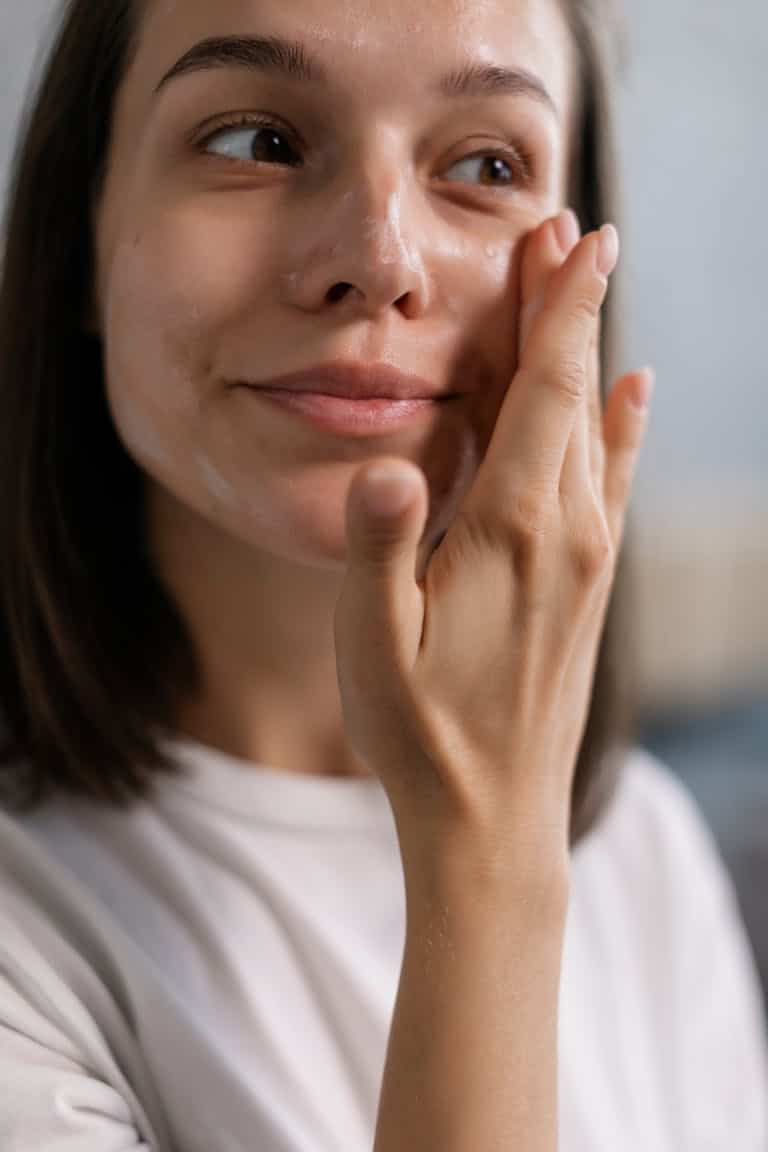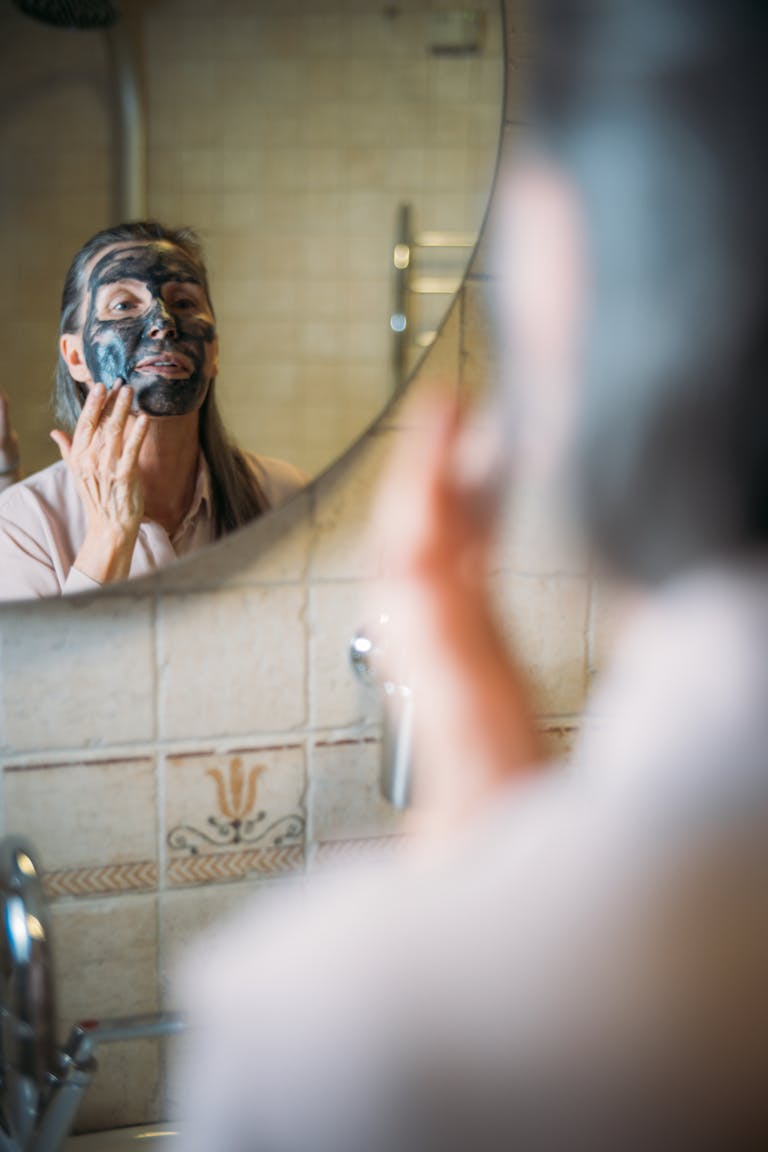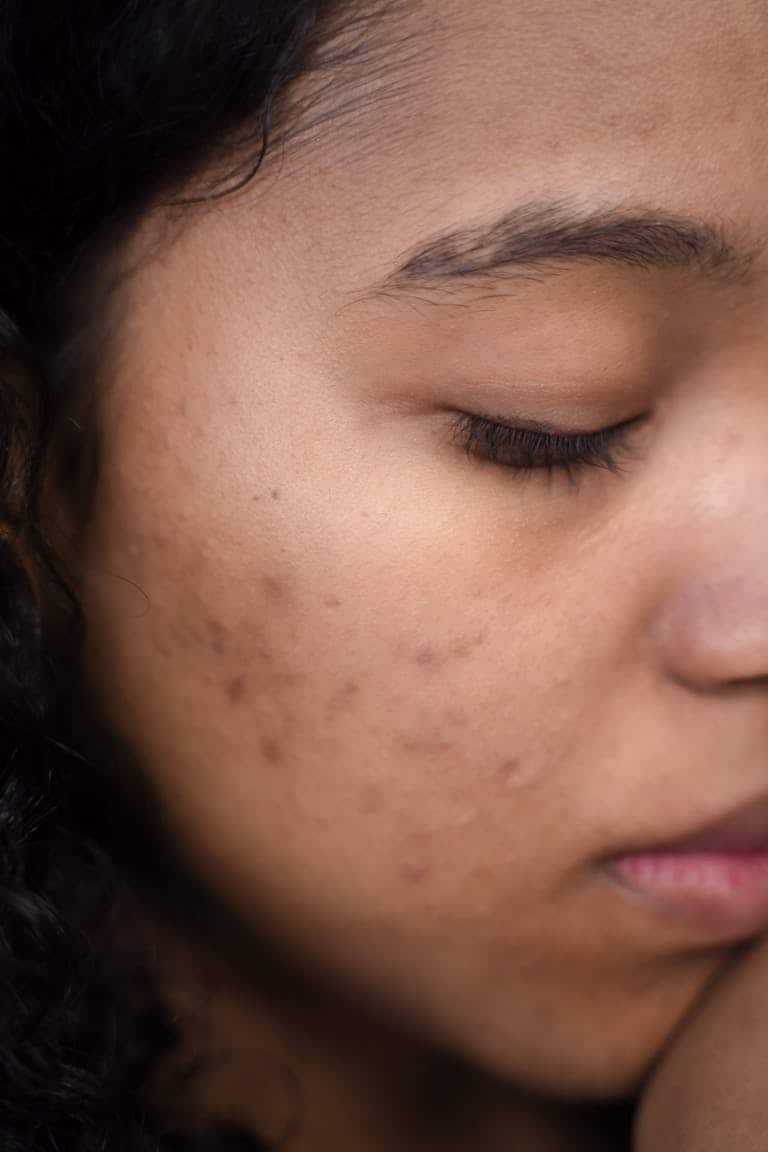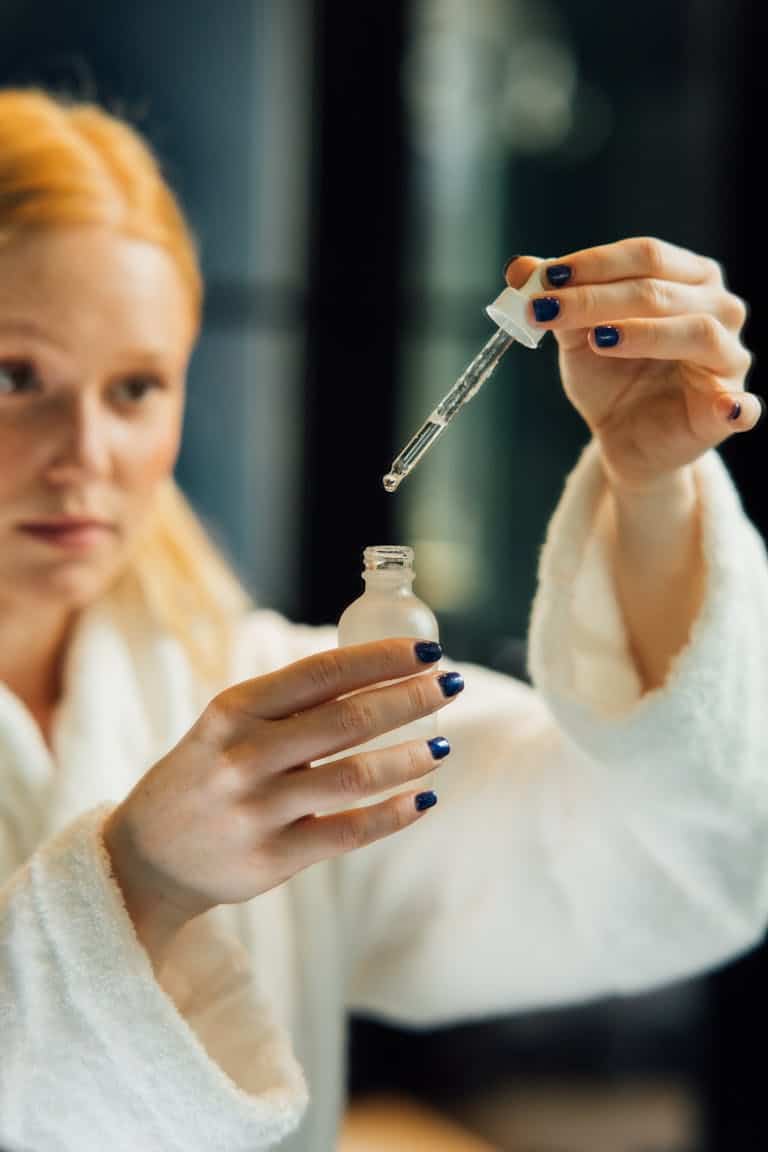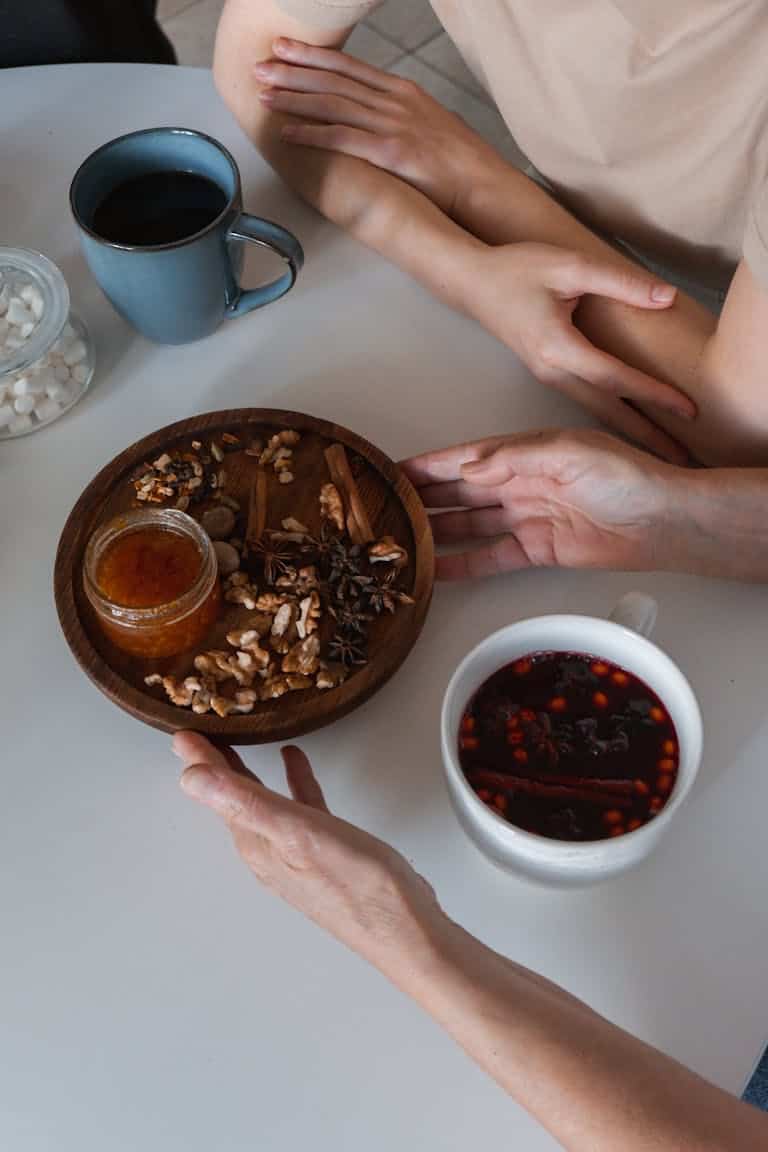Best Cleansers for Perimenopausal Skin: Gentle, Hydrating & Effective
Introduction
Cleansing has always been the first step in skincare. For many women, it’s a habit formed in adolescence—often with the goal of battling teenage breakouts. But during perimenopause, this simple step takes on new meaning.
Between the ages of 40 and 55, skin can undergo dramatic shifts. Suddenly, the cleansers that once felt refreshing may leave your face tight, itchy, or even red. You may find yourself investing in expensive serums and moisturizers, only to feel like they’re not working as well as they should. Often, the culprit is hiding in plain sight: your cleanser.
During perimenopause, cleansing is no longer just about removing makeup and dirt. It’s about creating the right foundation for skin that feels balanced, calm, and resilient. The right cleanser can:
- Hydrate dry, tight skin
- Calm sensitivity and redness
- Prevent barrier damage
- Support serums and moisturizers so they absorb more effectively
In this guide, you’ll learn how perimenopause changes your skin, the types of cleansers that work best, ingredients to seek (and avoid), how double cleansing works, and specific product recommendations—from dermatologist-trusted brands to natural, ritual-inspired options.
Disclosure: Some of the links in this post are affiliate links. This means I may earn a small commission at no extra cost to you if you make a purchase. I only recommend products I personally use, trust, and believe are beneficial for perimenopausal skin.
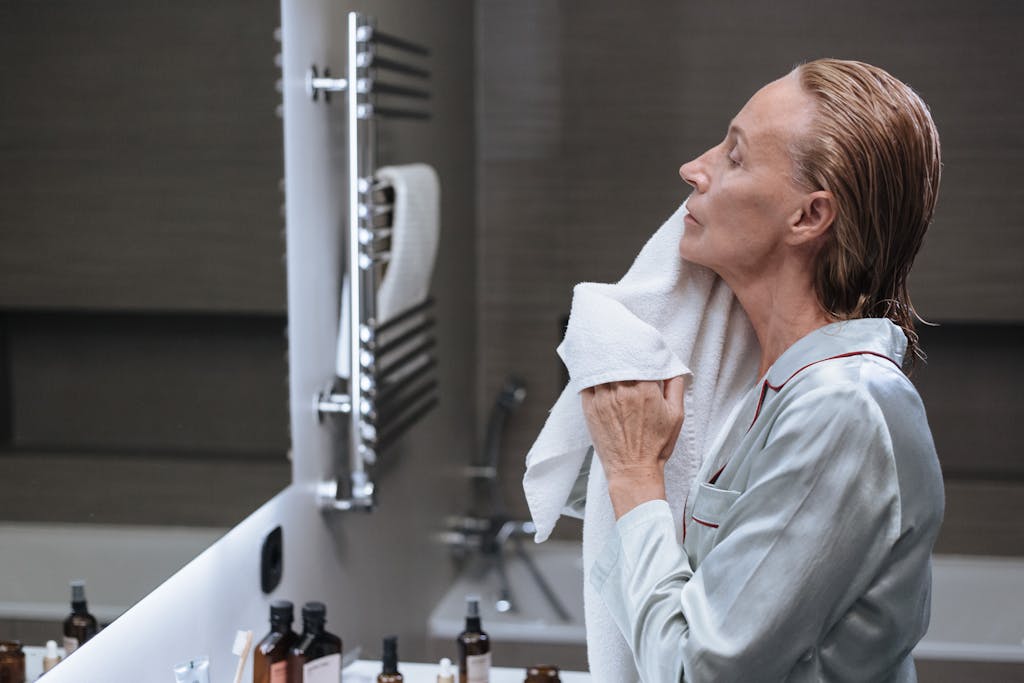
How Perimenopause Affects Your Skin and Cleansing Needs
Perimenopause is marked by fluctuating levels of estrogen and progesterone. These hormones don’t just affect the menstrual cycle—they also directly influence skin health.
- Less estrogen = less oil. Estrogen supports sebum production, which keeps skin supple. As estrogen dips, skin feels drier and loses its natural glow.
- Barrier breakdown. The skin’s protective lipid barrier thins out, making it harder to lock in hydration and easier for irritants to cause redness.
- Collagen and elastin decline. Fine lines become more noticeable, and skin can look dull.
- Slower cell turnover. Without regular renewal, dead skin cells linger, leading to roughness or flakiness.
- Hormonal swings. Temporary surges in androgens can trigger jawline breakouts, even for women who never had acne before.
Beyond hormones, perimenopause is also linked with cortisol spikes (from stress and disrupted sleep), which can fuel inflammation, breakouts, and faster barrier damage.
What this means for cleansing: your skin needs a formula that can remove impurities without disrupting what little oil and hydration it still has. A cleanser that’s too harsh can strip away natural moisture, while a nourishing, balanced one will keep skin calm and receptive to the rest of your routine.
Types of Cleansers and Who They’re Best For
Cream Cleansers
Cream cleansers are rich, lotion-like formulas that gently remove impurities while leaving behind hydration.
- Pros: Hydrating, barrier-friendly, non-stripping.
- Cons: May feel heavy for oily or acne-prone skin.
- Best for: Dry, tight, or sensitive skin.
- Examples: La Roche-Posay Toleriane Hydrating Gentle Cleanser; Avène Gentle Milk Cleanser.
Gel Cleansers
Once known for being harsh, today’s gel cleansers are often sulfate-free and designed to refresh without leaving skin squeaky.
- Pros: Lightweight, refreshing, removes sweat easily.
- Cons: Some can still over-foam and dry out skin.
- Best for: Combination skin or women with occasional breakouts.
- Examples: OSEA Ocean Cleanser; Paula’s Choice Optimal Results Hydrating Cleanser.
Oil Cleansers
Oil dissolves oil, which is why oil cleansers are excellent at removing sunscreen and makeup. When emulsified with water, they rinse away cleanly.
- Pros: Nourishing, gentle, effective makeup remover.
- Cons: Alone, may not feel cleansing enough—best used as first step.
- Best for: All skin types, especially if you wear makeup daily.
- Examples: DHC Deep Cleansing Oil (a Japanese classic).
Cleansing Balms
Balms are solid cleansers that melt into oil as you massage them in. They’re indulgent and highly effective at breaking down stubborn makeup.
- Pros: Luxurious texture, deeply nourishing.
- Cons: May feel heavy if not fully emulsified.
- Best for: Evening cleansing rituals, dry or mature skin.
- Examples: Heimish All Clean Balm; Elemis Pro-Collagen Cleansing Balm.
Micellar Water
Micellar water suspends tiny oil molecules in water, creating a gentle cleansing solution.
- Pros: Quick, portable, minimal effort.
- Cons: Can leave residue if not rinsed; not thorough enough for heavy cleansing.
- Best for: Morning refresh, travel, or sensitive days.
- Examples: Bioderma Sensibio H2O.
Ingredients to Look For in a Perimenopause-Friendly Cleanser
Hydrating Agents
- Glycerin: A powerful humectant that draws water into skin.
- Hyaluronic acid: Plumps and hydrates even after rinsing.
- Panthenol (B5): Soothes and strengthens.
- Squalane: Lightweight oil that mimics skin’s natural lipids.
Barrier Repair Ingredients
- Ceramides: Replace lost lipids, strengthening the skin barrier.
- Fatty acids: Support resilience and reduce moisture loss.
- Niacinamide: Calms redness and improves barrier function.
Soothing Botanicals
- Centella asiatica (Cica): Known as “tiger grass,” this herb calms irritation.
- Green tea: Antioxidant-rich and anti-inflammatory.
- Oat extract: Relieves itch and tightness.
- Licorice root: Calms redness and brightens uneven tone.
Gentle Exfoliants
- Lactic acid: A mild AHA that hydrates as it exfoliates.
- PHAs: Polyhydroxy acids that refine skin with minimal irritation.
Eastern Herbal Parallels
In traditional Asian remedies:
- Ginseng is thought to stimulate circulation and revive dull skin.
- Goji berries provide antioxidants to support resilience.
- Rice water has been used for centuries to soften and brighten.
These can pair beautifully with modern cleansers to combine hydration with heritage.
Ingredients and Formulas to Avoid
Because skin is more reactive during perimenopause, skip formulas that strip or inflame.
- Harsh sulfates (SLS, SLES): Remove too much natural oil.
- Fragrance-heavy cleansers: Common cause of stinging or redness.
- Denatured alcohol: Creates dryness and weakens barrier.
- Over-foaming washes: Leave the skin feeling squeaky or tight.
Eastern Perspective: Cleansing as Ritual
In Eastern traditions, cleansing is more than hygiene—it’s a ritual of renewal.
- Massage-based cleansing: Using upward circles stimulates blood flow, supports lymphatic drainage, and releases tension.
- Acupressure during cleansing: Lightly pressing temples, jawline, or the space between the brows helps ease stress.
- Seasonal adjustments: In Chinese medicine, skin reflects seasonal balance. Creamy cleansers suit the dryness of autumn and winter, while lighter gels cool summer heat.
- Herbal rinses: Chrysanthemum tea, rice water, or green tea infusions are believed to refresh, soften, and calm “excess heat” in the skin.
By approaching cleansing as a ritual, it becomes not just functional but restorative—both for the skin and the spirit.
Why Double Cleansing Is Essential in Perimenopause
Double cleansing is a method borrowed from Japanese and Korean skincare traditions. It involves using two different cleansers in the evening: an oil-based cleanser first, followed by a water-based cleanser.
Why It Works
- Oil dissolves oil: Sunscreen, makeup, and excess sebum melt away more effectively with an oil or balm cleanser than with water alone.
- Gentle but thorough: Instead of scrubbing, you remove impurities in two lightweight steps that respect the barrier.
- Prepares skin for treatment: After double cleansing, skin is more receptive to serums and moisturizers—especially important during perimenopause, when absorption can feel sluggish.
- Reduces irritation: Many women with redness or rosacea-like flare-ups find their skin calms down once they stop over-cleansing with foamy gels and switch to this method.
How to Double Cleanse
- Step 1: Apply an oil cleanser or balm (like DHC Deep Cleansing Oil or Heimish All Clean Balm) to dry skin. Massage for 30–60 seconds.
- Step 2: Add a splash of lukewarm water to emulsify. Rinse thoroughly.
- Step 3: Follow with a cream or gel cleanser to remove any remaining residue.
Tips for Perimenopausal Skin
- Use lukewarm water, never hot, to avoid extra dryness.
- Limit to evenings only—in the morning, a gentle single cleanse is usually enough.
- On days without sunscreen or makeup, you may not need both steps.
Double cleansing strikes the right balance between thorough and gentle, making it one of the best habits to adopt during perimenopause.e spirit.
Recommended Cleansers for Perimenopausal Skin
Here are some of the most effective and gentle cleansers to consider:
1. La Roche-Posay Toleriane Hydrating Gentle Cleanser
- A dermatologist-approved favorite, this cream cleanser combines ceramides and niacinamide to restore the barrier while cleansing. It’s fragrance-free, non-foaming, and leaves skin feeling comfortable rather than tight.
2. Avène Gentle Milk Cleanser
- This lightweight milk cleanser is infused with Avène’s famous thermal spring water, known for its soothing and calming properties. It’s ideal for sensitive or redness-prone skin and removes impurities without disrupting balance.
3. Paula’s Choice Optimal Results Hydrating Cleanser
- A silky lotion cleanser that melts away light makeup while replenishing skin with soothing ingredients. It’s pH-balanced and perfect for morning and evening use on normal to dry skin.
4. OSEA Ocean Cleanser
- This natural gel cleanser contains seaweed extracts, jojoba oil, and lactic acid. It cleanses while gently exfoliating, leaving skin refreshed and radiant. Perfect for those who want a spa-like experience.
5. e.l.f. Holy Hydration! Daily Cleanser
- A budget-friendly standout, this cleanser contains hyaluronic acid and ceramides. It feels surprisingly luxurious and delivers hydration without stripping.
6. DHC Deep Cleansing Oil
- A Japanese cult classic, this olive-oil-based cleanser dissolves sunscreen and makeup effortlessly. Despite being oil-based, it rinses clean without residue and leaves skin soft. It’s the perfect first step in a double cleansing routine.
7. Heimish All Clean Balm
- A Korean beauty favorite, this balm transforms from solid to silky oil on the skin. It removes even waterproof makeup while nourishing with shea butter and coconut extract. Massage it in for a truly relaxing ritual.
8. Neal’s Yard Remedies Frankincense Facial Wash
- A natural foaming cleanser with frankincense and botanical extracts. It refreshes the skin without over-drying, while also offering aromatherapy benefits that calm the senses.
How to Build a Perimenopause-Friendly Cleansing Routine
Morning
- If skin feels dry, a splash of lukewarm water may be enough.
- If you prefer cleansing, use a hydrating cream or gel.
- Pat dry gently and follow immediately with toner or essence.
Evening
- Always remove sunscreen and makeup thoroughly.
- Start with an oil or balm (DHC or Heimish) to melt impurities.
- Follow with a hydrating cream cleanser for a complete clean.
Pro Tips
- Massage gently for 30–60 seconds to boost circulation.
- Avoid hot water, which strips oils.
- Use soft towels and pat, never rub.
- Take a mindful breath while cleansing—turn it into a calming ritual.
Common Cleansing Mistakes to Avoid
- Over-washing: Twice a day is enough; more can strip natural oils.
- Using hot water: Causes dryness and worsens redness.
- Skipping the second cleanse: Leaves residue behind, which blocks serums.
- Scrubbing too hard: Damages barrier and accelerates wrinkles.
- Not replacing old cloths or sponges: They harbor bacteria that trigger breakouts.
FAQ: Cleansing During Perimenopause
Should I exfoliate while cleansing?
Yes, but sparingly. Look for cleansers with gentle lactic acid or PHAs rather than harsh scrubs.
Do I need a separate cleanser for morning and night?
Not always. One gentle cleanser may work for both. But if you wear heavy sunscreen or makeup, adding an oil cleanser at night is beneficial.
Is micellar water enough?
It’s fine for mornings or no-makeup days, but at night, it should be followed with a cream or gel cleanser.
How do I know if my cleanser is too harsh?
If your skin feels tight, itchy, or looks red right after washing, it’s stripping too much. Switch to a more hydrating formula.
Conclusion
Perimenopause brings many changes, and your skin often reflects them first. Cleansing, once a simple step, becomes a cornerstone of skin health. The wrong formula can strip, irritate, and age the skin faster. The right one, however, can soothe, hydrate, and restore balance.
Whether you choose a comforting cream cleanser, a refreshing gel, or a luxurious oil balm, your skin should feel soft and nourished after cleansing—not dry or tight. By combining dermatologist-approved ingredients with Eastern-inspired rituals—and adopting double cleansing—you can transform washing your face into a restorative ritual.

